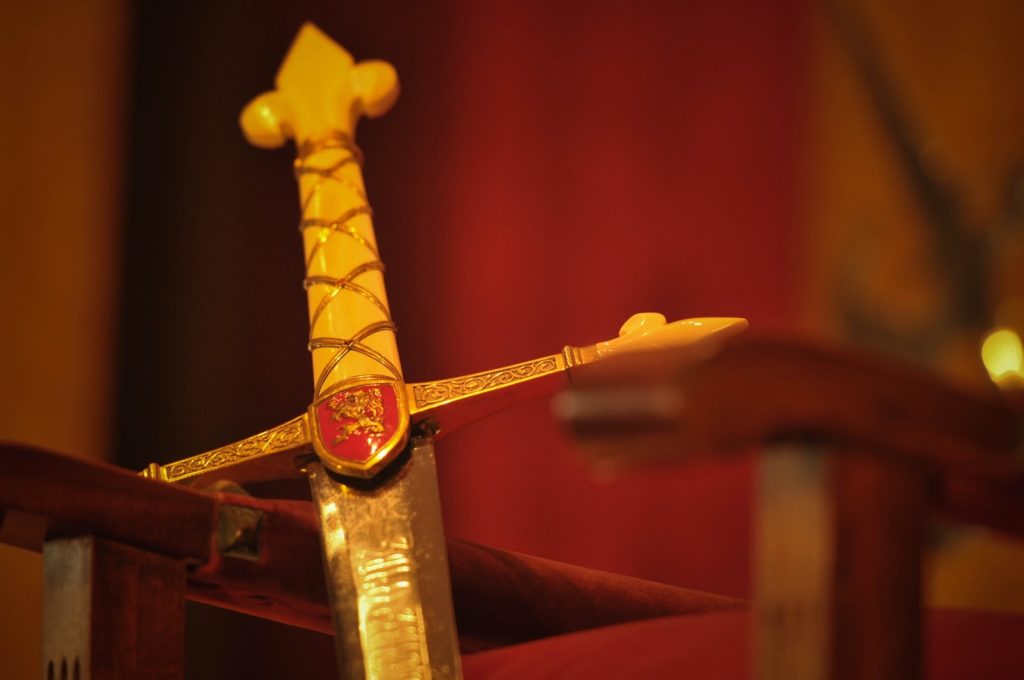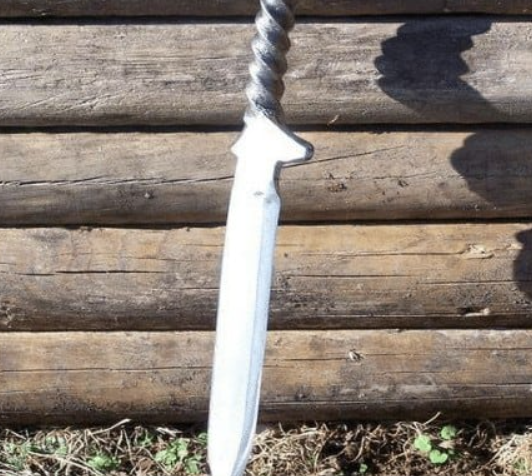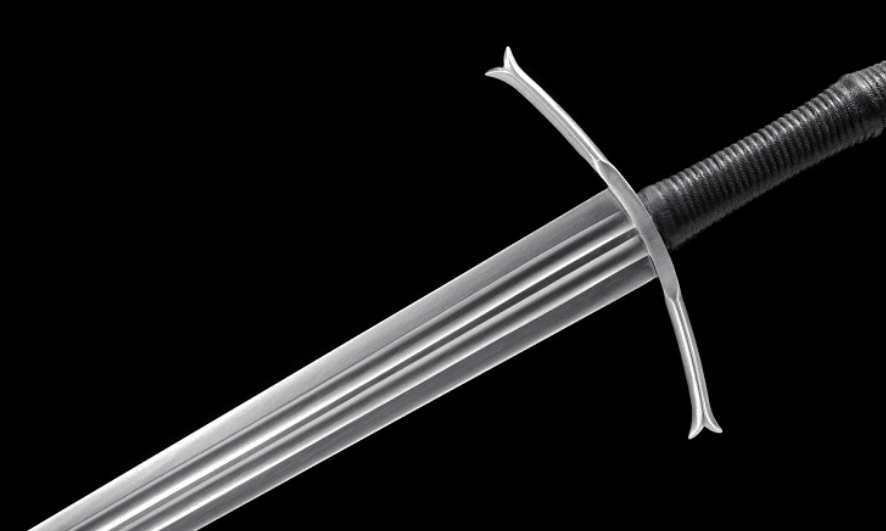Swords types are so many. It isn’t easy to classify them or categorize them conclusively. Western swords are classified as friendly and easy, but there is more to the subject considering history, cultural region, and their function.

Unscrupulous sword sellers are not happy when you know so much about them, which you will learn from this post. The first time you decide to buy a sword will not be a walk in the park, and you may end up wasting time and money and not getting what you want.
Swords Types: History
Swords evolved from a dagger, which is a knife that cuts on both surfaces. They have the capability of inflicting more damage as they can attack both sides. The swords’ nature is to reach significantly when executing an attack like slashing or thrusting on the target.
For most of their history, sword types were quite impractical because the suitable materials were impractical until bronze came to be around 300BC. Even then, bronze had its inconsistencies leaving swords to belong to daggers. Comparing other metals bronze has low stiffness, which is why daggers bend easily on little impact.
The first authentic swords were 24 inches and they made an appearance during the late bronze age. It was first discovered in Minoan Crete and it dated 1700BC. Over time there was a discovery to strengthen bronze by adding tin and arsenic, making new swords.
Iron Age swords replaced the Bronze Age swords, and they were short and more potent. After some time, the Roman Army took over the iron weapons which was before the European Middle Age sword.

Swords Types:
1. Two-Handed Swords
The term refers to swords that need to be handled with both hands. Thus any large blade fits in this category.
2. Great Sword
They are blades related to the European and Asia long swords of the Middle Ages. These collections featured significantly during the Renaissance era, and they resemble older swords like the Scottish Claymore.
The weapons are oversized (63 – 71 inches), and you can liken them to the height of a grown man. Their weight was too heavy to handle with a single hand. Hence the need to be dealt with two hands explains the title.
3. Claymore
It is an early Scottish version of the greatsword, and it needs a grip by both hands or a basket hilt.
4. Swordstaff
It is a 16th-century Scandinavian medieval weapon with a sticking sword blade at the end. The weapon gives the user an upper hand and utility with the reach of a spear. Their blade edge is excellent for close combat, which makes them advantageous over spears. The extensive length of the sword gives them room for more force, unlike standalone swords.
5. Long Sword
Several Medieval and Renaissance weapons have the title longsword because they are meant for use with both hands. But there are a few variants that can work single-handedly. Note, a longsword is typically longer than a short and bastard one.

6. Long Knife and Short Sword
Before quality steel was developed, long knives and daggers of the ancient variants were classified as swords. Some of the Iron Age short swords are the Roman Gladius and the Scandinavian Seax among others.
7. Foils and Rapiers
Their long slender blades are designed to complement the thrust making part of the few civil swords ever designed. Their first appearance was in the 16th century, and the terms were used several centuries on. A real Rapier was longer and slower than today’s swords used in modern fencing. The epee or smallsword is related to Rapiers.
8. Egyptian Swords
These are bronze weapons with long daggers and dirks similar to most ancient swords. They were used as a last resort by ancient armies after spears, pikes, javelins, bows, and arrows in battles. In the ancient world, the exotic combination of sword and sickle brought forth the Khopesh, and it was used to behead captured enemies from a struggle, and it was the most feared.
9. Single-edge and Curved Swords
Their blades are thick or curved but with a single cutting edge, and they are designed for a slashing attack, chopping, severing limbs, or broad sweeps. It was used for defensive and blocking action techniques. The popular ones in this category are the Chinese Dao and the Japanese Katana not forgetting the Greek Kopis, and the modern Sabre.
Conclusion
A sword is a bladed weapon with one or two cutting edges and is used to slash or thrust. The main difference between a dagger and a blade is that a sword is more prolonged, although definitions may vary across geographical reasons and historical periods.
Its blade may be straight or curved, thick or thin, long or short. However, all swords collectively have a basic structure, and they consist of a blade and hilt, and most of them come with a sheath to cover the sharp edge(s) when at rest.
READ MORE: Types of Axes and Their Uses Explained




